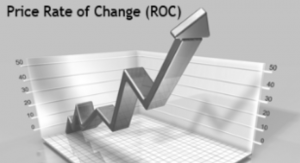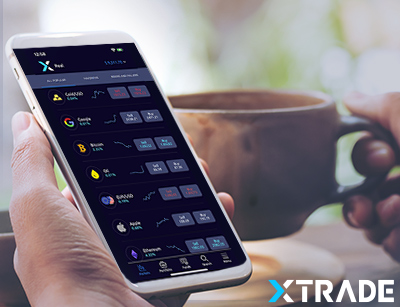Foreign Exchange Currency Rate of Change
By Content-mgr - on April 7, 2016A foreign exchange currency rate of change tells you how fast a currency pair moves. But two identical rates of change can be due to totally different factors.
What a Foreign Exchange Currency Rate of Change Tells You
The foreign exchange currency rate of change tells you how fast a currency pair is moving. Whether the trend is picking up steam or not, and more. On pairs such as EURUSD. The rate of change combined with detailed separate analysis. Both on the Euro and the US dollar, can identify false moves. So that the trader can trade against these deceptive trends. Forex trading strategies can be based on rate of movement analysis. And even more so on the hourly and four hour chart of such currency pairs. Because these charts capture and illustrate rates of change in a nice way. When fundamental data in the market points to a particular direction. And the market moves too slowly in the opposite direction. It is a call for looking to get into the direction of the fundamentals. No matter what price seems to be doing from a technical perspective (breaching trendlines, 200 bar moving averages etc). If the rate of change is too fast on the other hand, it can again signal a false trend. It always depends on the short term fundamental outlook. But generally speaking, trends that last long, tend to develop a medium kind of rate of change on the price. So that the trend appears to be at around 45 degrees, as seen on some time frame (4 hour or longer time frame). The foreign exchange currency rate of change can be further used, if more patterns are taken into account. And are checked against fundamentals. We know that the market is not always right and deviates from its destiny. But fundamentals are right, and it is fundamentals that set that destiny for the market to follow.

Foreign Exchange Currency Rate of Change and LSS Pivots
LSS pivots are used as pivotal numbers where price will react somehow. These can be daily, weekly or monthly. The foreign exchange currency rate of change tells you how price moves through these pivots. Generally, very fast movements signal false trends. And suggest that the breached LSS pivot in question will soon be breached again from the other side. It is better to view LSS pivots as reaction levels, and not as support or resistance. Because support and resistance theories appear to be always right, no matter what market price does. Hence being of no practical use. But reaction numbers are all about momentum, and detecting false moves. All through observing the rate of change and the individual currencies making up a currency pair. The FX exchange rate of movement factor, is really insightful information when checked against other data. Because markets tend to make fast false moves, usually because of brief panic, and unsubstantiated concerns. Which in turn trigger traders’ stop loss orders, thereby accelerating the move. In other cases, sharp movements occur right after a big movement day, because of forced margin liquidation. Because brokers are forced to liquidate many open losing trades all at once, as their clients cannot meet those margin calls. The market moves sharply on that day. But it doesn’t change trend. So it is a false move. Traders maintaining sufficient funds in their accounts through correct money management practices. Can access their CFD trading platforms without problems. And are able to enter the market right when the false move is about to end. And as the market comes back to normal trading levels, they profit from the move. Paying attention to rate of change, fundamentals impacting each currency involved, LSS pivots, and watchful trading, is the key to success.
 First Deposit Bonus
First Deposit BonusFirst Deposit Bonus | Phone Verification | First Trade on us | Account Verification














